
Back then, normal didn’t always mean fair—or smart. Institutions and workplaces enforced rules that would raise eyebrows today. Social systems rewarded control, tradition, and outdated ideas, often backed by policies that blurred the line between norm and law. These 10 former standards reveal just how much has shifted.
Segregation Was Legal In Public Spaces
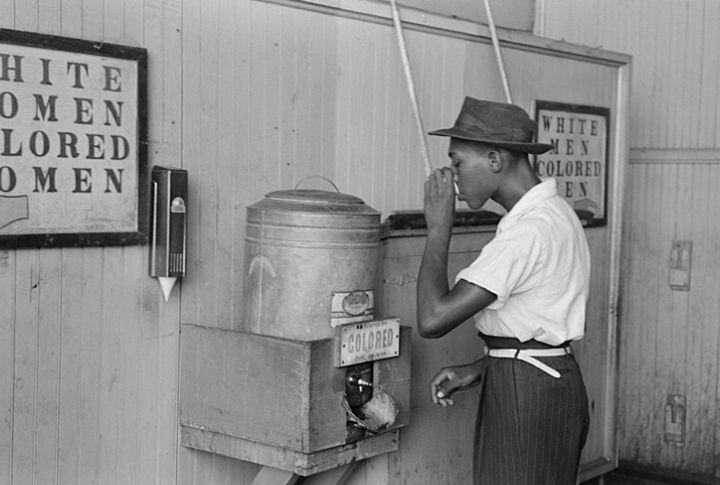
State laws once upheld segregation in everyday spaces until federal protections changed things in 1964. Public spaces like schools, buses, and restaurants enforced it by law. “Whites Only” signs were backed by legal codes. Some libraries even kept separate card catalogs. The last segregated school closed in 1983.
Interracial Marriage Was Illegal
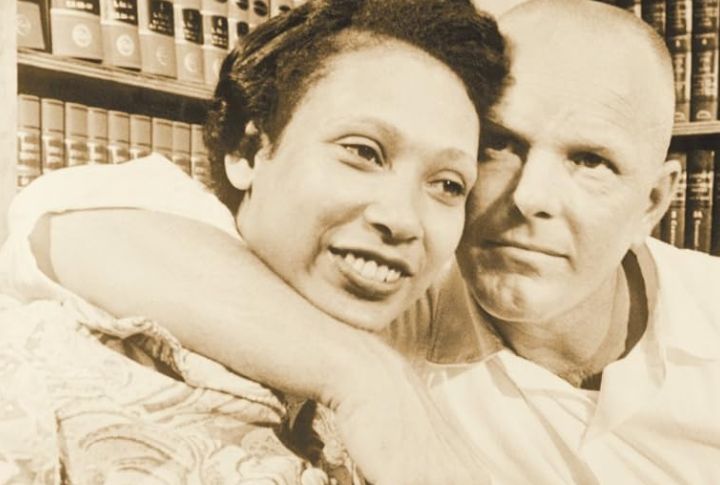
Until 1967, interracial marriage remained banned in several U.S. states under anti-miscegenation laws. In many cases, couples were jailed or forcibly separated. In fact, some had to leave their home states to marry. What’s more, a few states voided these marriages later. Alabama, surprisingly, didn’t repeal its ban until 2000.
Women Couldn’t Get Credit Without A Husband

Holding a job didn’t mean financial freedom. Before 1974, women were often denied credit unless a husband signed off or they passed strange, invasive checks. Widows had to reapply once their spouse died. The issue wasn’t income. It was authority. That finally shifted when federal law stepped in to stop the discrimination.
Public Schools Could Mandate Prayer
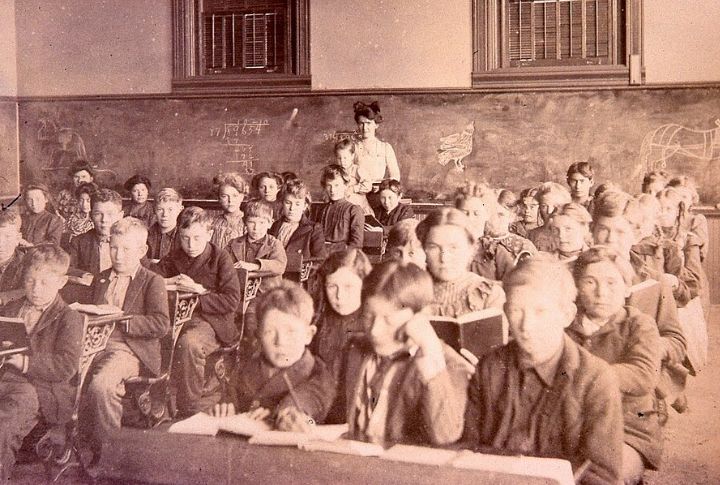
There was a time when kids in public schools had to pray every day. Some schools even passed out prayer cards. Morning routines included Bible readings, and opting out wasn’t always allowed. Refuse? You could be punished. It wasn’t until Engel v. Vitale in 1962 that the courts finally said, “Nope.”
Corporal Punishment In Schools Was Common
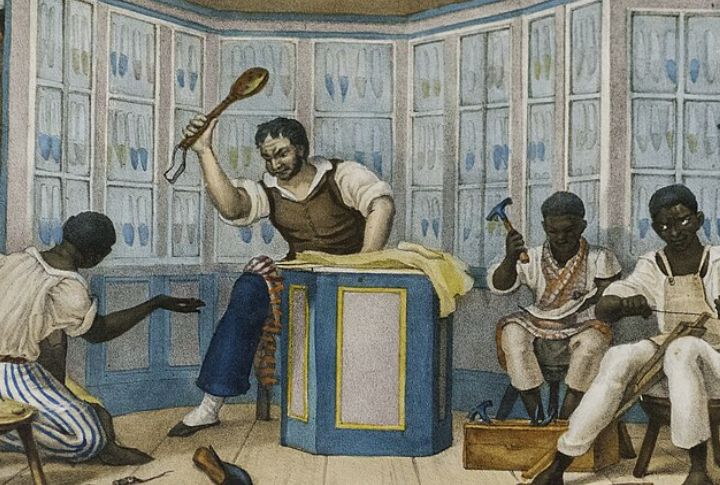
Teachers once had full legal authority to use belts, rulers, or engraved paddles to correct behavior. Schools even had designated whipping rooms. Parents didn’t just allow it—they often expected it. Corporal punishment was a daily reality in classrooms across the country, reinforced by both law and culture.
Smoking Was Allowed In Hospitals And Schools

Yes, people lit up cigarettes in hospitals, right there in the waiting room. Teachers puffed away during class, chalk in one hand and a cigarette in the other. Cigarette machines stood in school lobbies like snack dispensers. Even doctors endorsed brands. Smoking was hardly a concern back then.
Birth Control Was Illegal For Unmarried Women

Until Eisenstadt v. Baird in 1972, birth control was off-limits for single women in many states. Doctors could deny prescriptions based on marital status. Pharmacies often required proof of marriage. Even married women were restricted before Griswold v. Connecticut in 1965.
Dress Codes Banned Girls From Wearing Pants
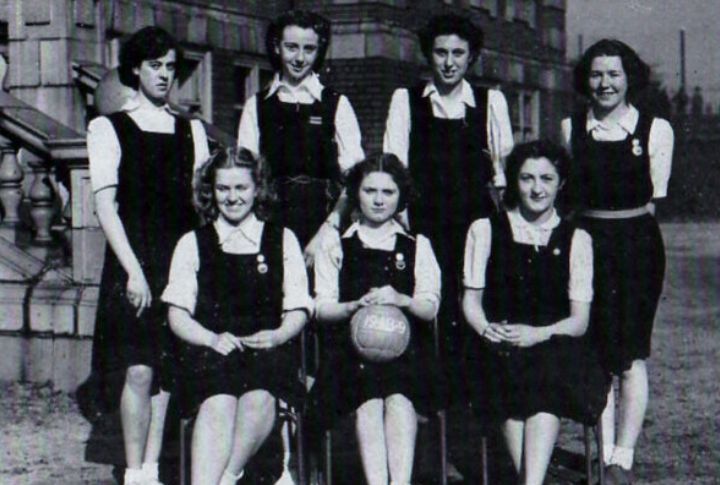
School policies historically prohibited girls from wearing pants, labeling them inappropriate. Skirts and dresses were mandatory—even in winter. Violators risked being sent home, especially for jeans. Administrators also measured skirt lengths with rulers. Femininity, as defined by the dress code, was strictly enforced.
Hitchhiking Was Encouraged
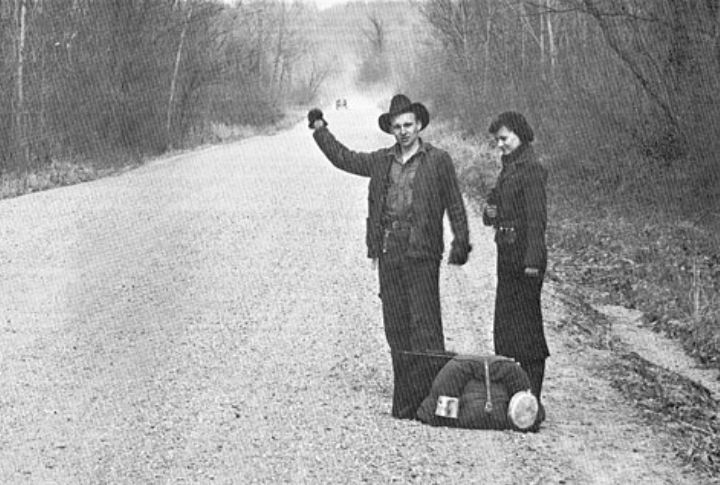
In the mid-20th century, hitchhiking was both legal and widely accepted. Some highways had marked spots for riders, and college campuses even formed hitchhiking clubs. Parents encouraged it as a practical way to get around. Public concern about safety didn’t catch on until the late 1970s when attitudes finally started to shift.
Job Ads Were Separated By Gender
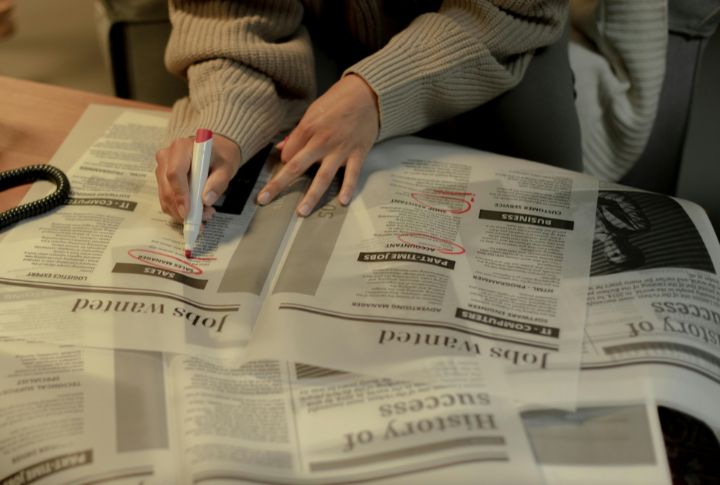
Job ads were previously divided by gender in many newspapers. Sections labeled “Help Wanted—Male” and “Help Wanted—Female” were standard. Women were typically offered domestic or clerical roles, while men’s listings came with higher pay. Some ads even requested specific appearances. Although this was banned in 1964, enforcement lagged for years.

